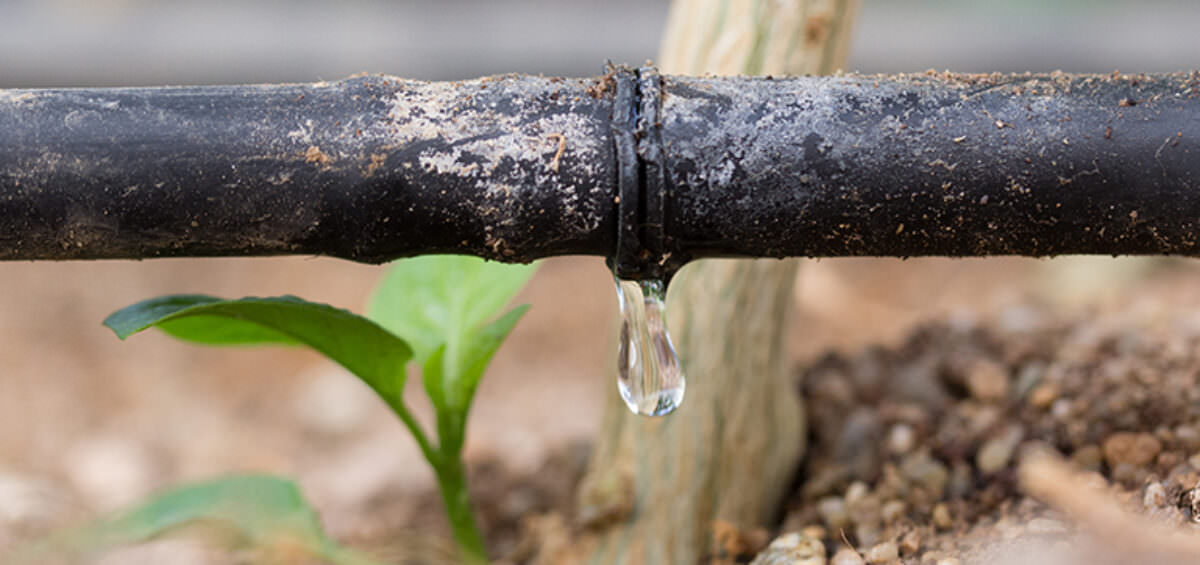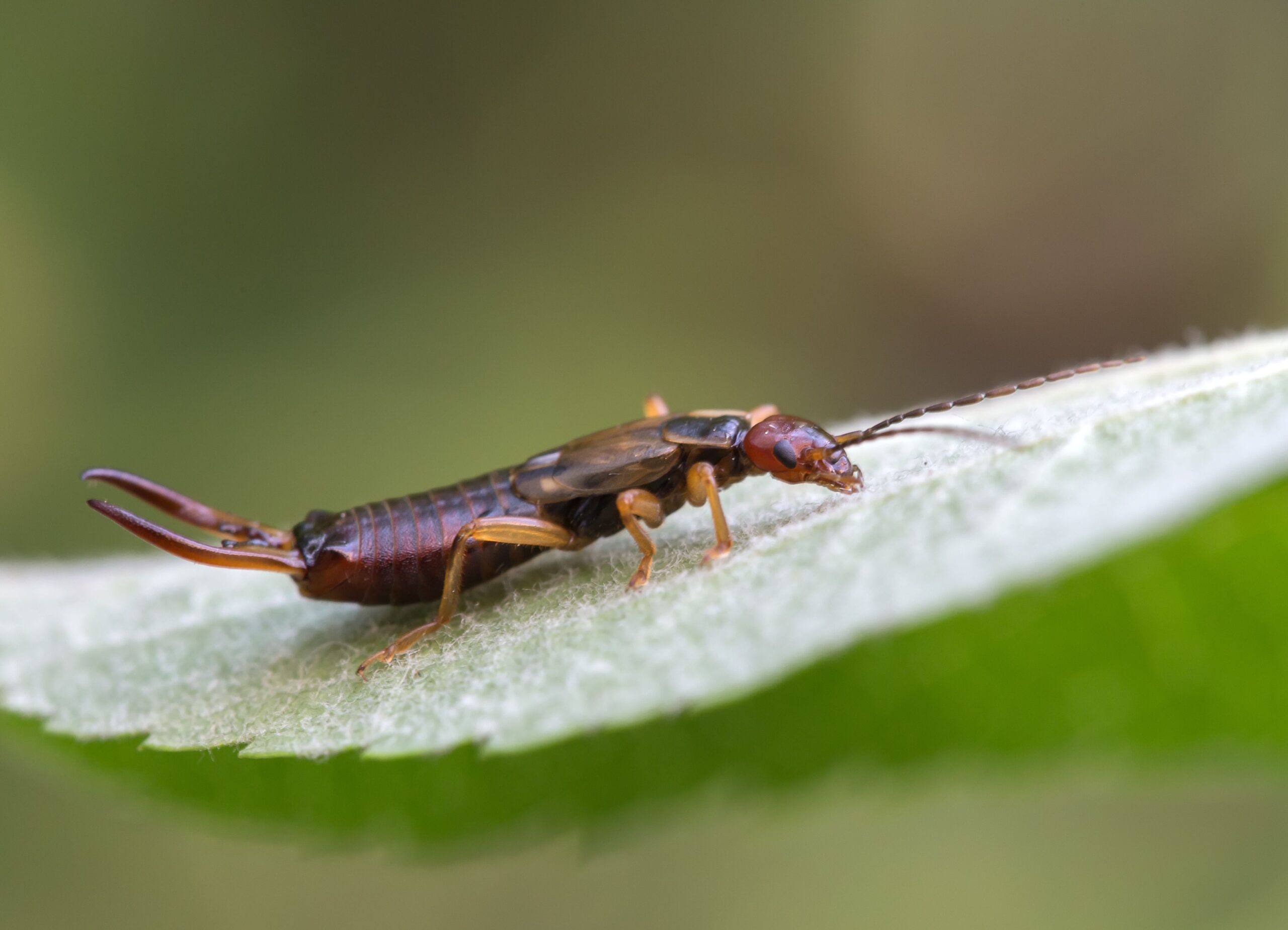The words “drip irrigation” might sound like some kind of foreign language, but they’re actually just a clever way to water plants. Drip irrigation is an alternative to using a soaker hose or even a sprinkler system, and while it can be more expensive to set up at first, it has many advantages over the more traditional methods.
In this article, we’ll compare drip irrigation versus soaker hose in detail, revealing their respective pros and cons as well as explaining how you can choose the best option for your garden.
What is Drip Irrigation?
Drip irrigation is a watering system that delivers water directly to the roots of your plants by way of a network of hoses and emitters.

How Does it Work?
The basic setup consists of three main components: the main line – also known as the “emitter line,” water source, and distribution tubes or stakes. The emitter line delivers water at low pressure to emitters – or drip emitters – which then drip water slowly onto your plants’ root systems.
Drip emitters are available in a variety of shapes and sizes. Some are underground while others are above ground, and they come in a selection of lengths and diameters. Emitters can be connected either individually or together with line tubing so that they’re evenly spaced out across the entire garden area.
The water source for a drip system is typically located near where you’ll find the main emitter line, but if it’s too far to run a hose, consider getting an on-demand system instead.
Advantages of Drip Irrigation
Drip irrigation has the upper hand when it comes to many of its key advantages:
Efficient: Drip irrigation delivers water in a slow, even manner that evenly saturates your plants’ root systems. When you’re watering from above, the water can get stuck in the hose and run off all over your garden area. This can cause wasted water and nutrients, leading to a lack of root uptake.
Permanent: Drip irrigation is installed permanently, so it can’t be easily uninstalled. Soaker hoses, on the other hand, can be taken down and reinstalled whenever you feel the need to change your watering schedule.
No Clogging: The emitters on a drip system are spaced far enough apart that they don’t clog, even if it hasn’t been used in a while. Soaker hoses can be clogged by mud, which prevents the water from flowing where it needs to go.
Disadvantage of Drip Irrigation
Cost: When you’re setting up a drip irrigation system, you’ll have to buy lines, accessories, and emitters while also digging holes and installing stakes. The cost is more than just the materials – it’s also the time it will take to put the system together.
When you’re setting up a drip irrigation system, you’ll have to buy lines, accessories, and emitters while also digging holes and installing stakes. The cost is more than just the materials – it’s also the time it will take to put the system together.
Rate of Water Flow: If you’re used to watering with a soaker hose, then drip irrigation might seem too slow. If you’re watering a big area, you’ll have to put in more time and work to get the same results.
Maintenance: To prevent clogging and other issues, it’s important that you clean your drip system regularly. This includes cleaning the emitters, unclogging them, and ensuring that there are no blockages along the main line.
What is Soaker Hose?
Soaker hoses are a great alternative to drip irrigation because they’re inexpensive, easy to install and maintain, and have many of the same advantages as their more expensive counterpart.
How Does it Work?
Soaker hoses are individual watering tubes made from polyethylene that you attach to an underground water source (often a hose), run through the garden area, and then plug into an electrical outlet.

Advantages of Soaker Hose?
Soaker hoses are quick and easy to install. You’ll rarely have to dig holes or set stakes, which means that it can be done quickly, on a whim.
Durable: Soaker hoses are produced from durable materials that will last a long time without needing to be replaced. The only issue is that the hose can eventually become worn out and need to be replaced, which can get expensive over time.
Low Cost: Soaker hoses won’t break the bank. You can get a basic system that works well for smaller areas, or you can splurge and get one that’s made from higher-quality materials.
Disadvantage of Soaker Hose
They’re not permanent, so they have to be maintained regularly. If you don’t clean them often enough, then the water supply will run out before the hose does. When this happens, you’ll need to set up a new system.
Drip Irrigation Vs Soaker Hose – Which is Best for Your Garden?
Drip irrigation can provide you with a more efficient watering system, but it’s probably cost-prohibitive for most gardeners. On the other hand, a soaker hose is quick and easy to install and maintain. If you need more flexibility in your watering schedule or need to water larger areas, then a drip irrigation system might be worth the extra cost.
If you like this blog, please share it with your friends. If you have any questions or comments, please leave them in the section below. Thank you for reading!





